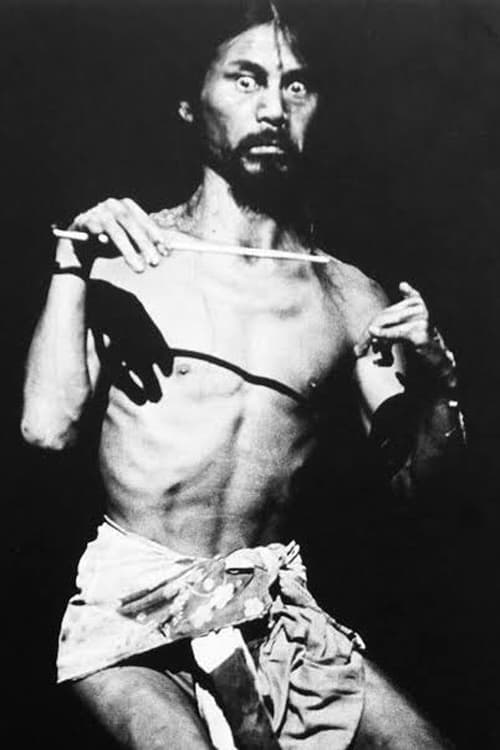Tatsumi Hijikata
Also Known As: not available
Biography: Biography not available
Department: Acting
Place of Birth: Akita, Akita Prefecture, Japan
Adult: No
Birthday: March 09, 1928
Age: 97 years old
Gender: Male
Deathday: January 21, 1986
Popularity:
Known For:
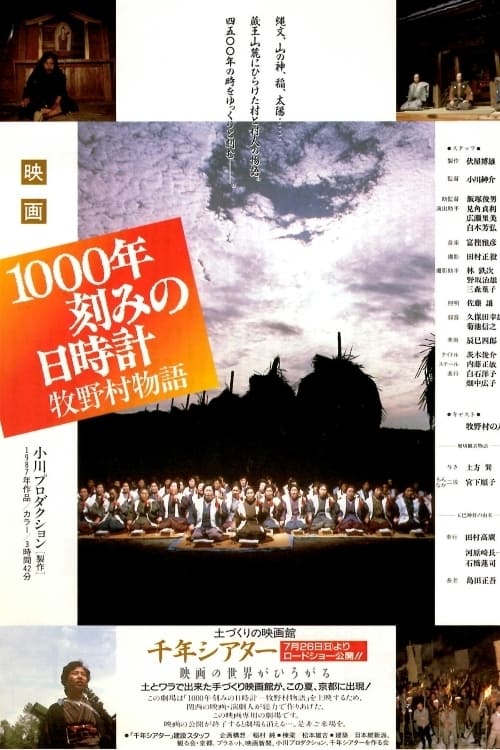
Magino Village: A Tale

Overview: The movie compiles footage taken by Ogawa Production for a period of more than ten years after the collective moved to Magino village. Unique to this film are fictional reenactments of the history of the village in the sections titled "The Tale of Horikiri Goddess" and "The Origins of Itsutsudomoe Shrine". Ogawa combines all the techniques that were developed in his previous films to simultaneously express multiple layers of time—the temporality of rice growing and of human life, personal life histories, the history of the village, the time of the Gods, and new time created through theatrical reenactment—bring them into a unified whole. The faces of the Magino villagers appear in numerous roles transcending time and space—sometimes as individuals, sometimes as people who carry the history of the village in their memories, sometimes as storytellers reciting myths, and even as members of the crowd in the fictional sequences.
Genres: Documentary Drama
Original Language: ja
Release Date: 1987-12-01
Popularity:
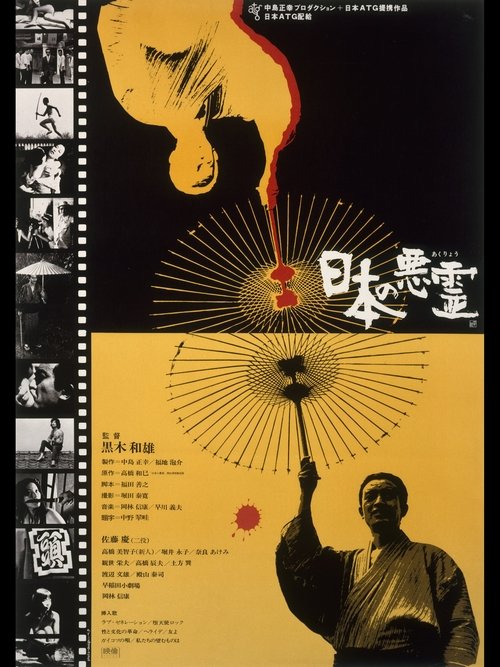
Evil Spirits of Japan

Overview: Murase is a bodyguard of yakuza group. Ochiai is a police officer who once was a student activist. When they meet, they are surprised how identical they look.
Genres: Crime
Original Language: ja
Release Date: 1970-12-26
Popularity:

Himiko
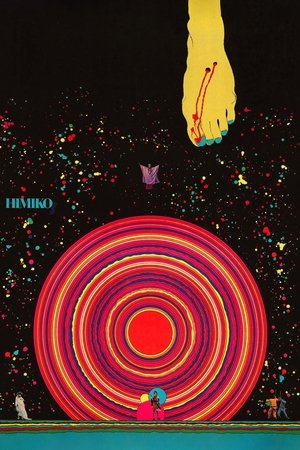
Overview: The myth of the Sun Goddess who founded Japanese society is seen through the lens of a modern view of history.
Genres: Drama History
Original Language: ja
Release Date: 1974-03-09
Popularity:
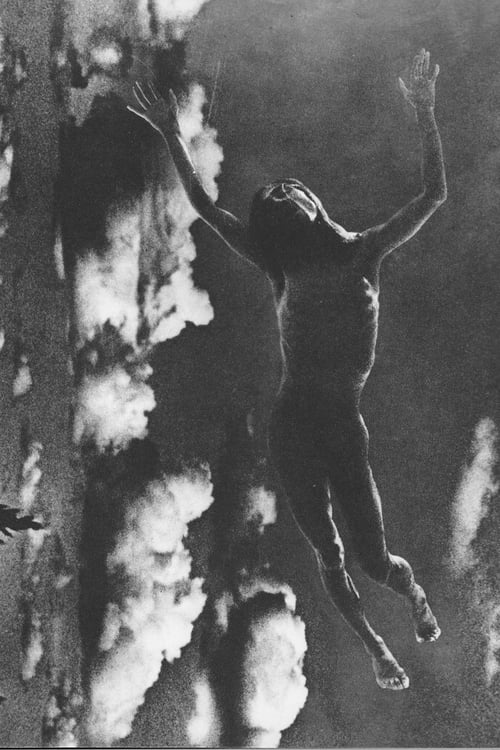
Sacrifice

Overview: Filmed only a few months after Tatsumi Hijikata’s first explosive public butoh performance, “Gisei” features Hijikata and members of his Asbestos Hall Troupe in a brutal allegory of a closed society. Shot by noted Japanese film scholar Donald Richie, “Gisei” still conveys the shock that Japanese audiences in 1959 must have felt at the birth of Hijikata's ankoku butoh, or "dance of darkness". Richie met Hijikata through mutual friend Yukio Mishima. They decided to collaborate on a film about segregation. Richie memorialized the film in his diary: “It is more than ever about the death of an individual, a distinct kind of human sacrifice.”
Genres: Horror
Original Language: ja
Release Date: 1959-01-01
Popularity:
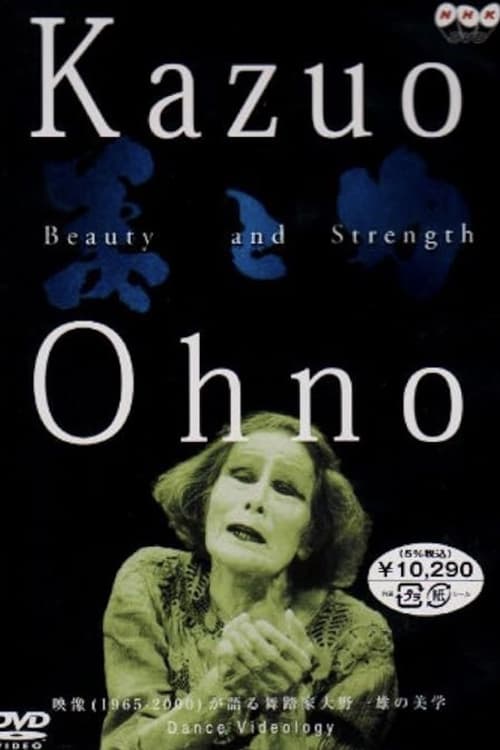
Kazuo Ohno: Beauty and Strength

Overview: In the 60's and into the 70's, Kazuo Ohno himself produced three 16mm films. His many performances at the "Teatro Fonte" in Yokohama have been preserved with high quality Beta cameras. In addition, the television station NHK has made recordings of many of his theater performances since the premiere of "The Dead Sea" in 1985. Together, the Kazuo Ohno Dance Studio and NHK own over one hundred hours of footage. This is complemented by a 1994 film by Daniel Schmid and new 16mm footage of Kazuo Ohno filmed especially for this project in October of 2000. From these resources, this 111 minute Video/DVD was assembled. "Beauty and Strength" includes dance performances, film excerpts and interviews, examples of Ohno's drawings and writings, as well as biographical information, creating a comprehensive look into the world of Kazuo Ohno's dance.
Genres: Documentary
Original Language: ja
Release Date: 2001-01-01
Popularity:
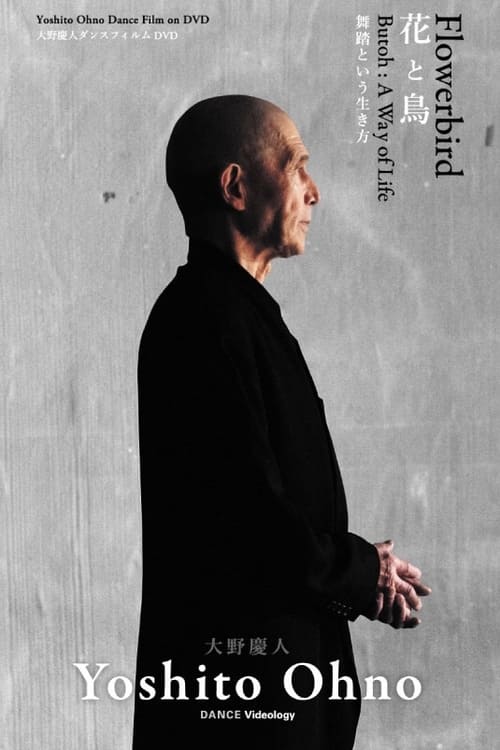
Flowerbird Butoh: A Way of Life

Overview: Comprising historic archive footage and texts this DVD box enlightens us greatly about Yoshito Ohno's here and now. Butoh has a distinct starting point, namely, in 1959, with Kinjiki , a duet featuring Tatsumi Hijikata and Yoshito Ohno. His father, the legendary Kazuo Ohno created another epoch-making opus in 1977 Admiring La Argentina, with Yoshito Ohno as production manager. These links are no mere coincidence. To date, we've tended to overlook Yoshito Ohno, barely granting him the recognition he merits. Just as dance requires a lengthy gestation period in which to evolve, his dance has finally come into our field of vision, in all its freshness and stark-nakedness, linking Butoh's origins to its zenith, to a point where he now stands at a crossroads.
Genres: Documentary
Original Language: en
Release Date: 2015-01-01
Popularity:
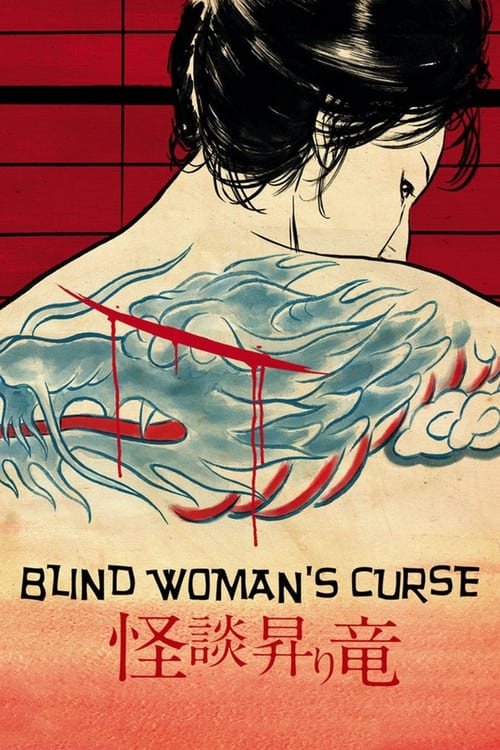
Blind Woman's Curse

Overview: Akemi is a dragon tattooed leader of the Tachibana Yakuza clan. In a duel with a rival gang Akemi slashes the eyes of an opponent and a black cat appears, to lap the blood from the gushing wound. The cat along with the eye-victim go on to pursue Akemi’s gang in revenge, leaving a trail of dead Yakuza girls, their dragon tattoos skinned from their bodies.
Genres: Crime Horror Drama Action
Original Language: ja
Release Date: 1970-06-20
Popularity:
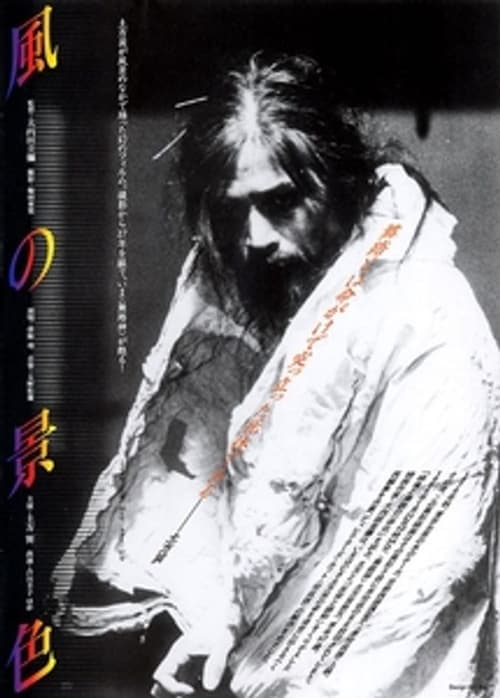
Kaze no keshiki

Overview: A cultural film documenting Butoh dancer Tatsumi Hijikata as he is taken out of his stage space and dances in the streets. 16mm.
Genres: Documentary
Original Language: ja
Release Date: 2003-02-08
Popularity:
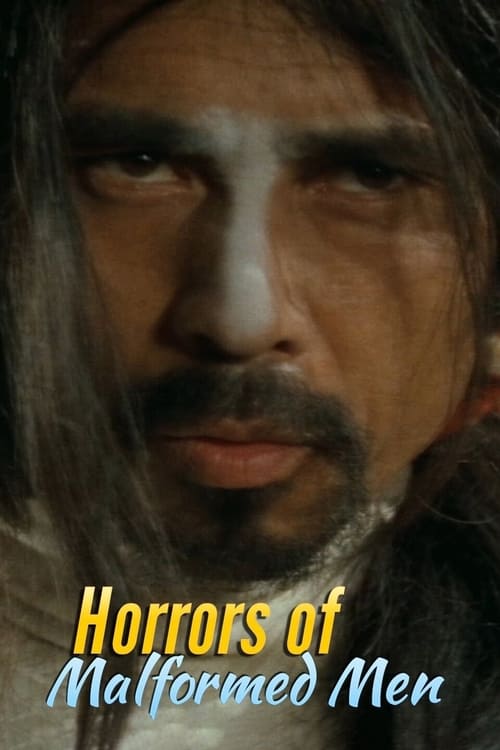
Horrors of Malformed Men

Overview: After escaping from an insane asylum, a medical student assumes the identity of a mysterious dead man, who appears to be his doppelganger, and gets lured to a sinister island ruled by a mad scientist and his malformed men.
Genres: Horror Mystery
Original Language: ja
Release Date: 1969-10-31
Popularity:
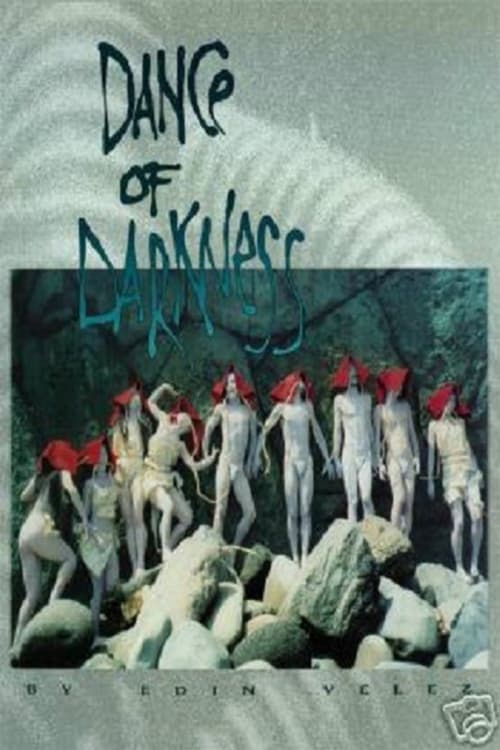
Dance of Darkness

Overview: The dark sensibilities and cultural resonances of Butoh, the radical Japanese dance movement, are explored in this multilayered work. Profoundly rooted in both traditional and contemporary Japanese culture, Butoh arose in a spirit of revolt in the early 1960s. Characterized by frank sexuality and bodily distortions, Butoh transforms traditional dance movements into new forms, stripping away the taboos of contemporary Japanese culture to reveal a secret world of darkness and irrationality.
Genres: Documentary
Original Language: en
Release Date: 1989-01-01
Popularity:
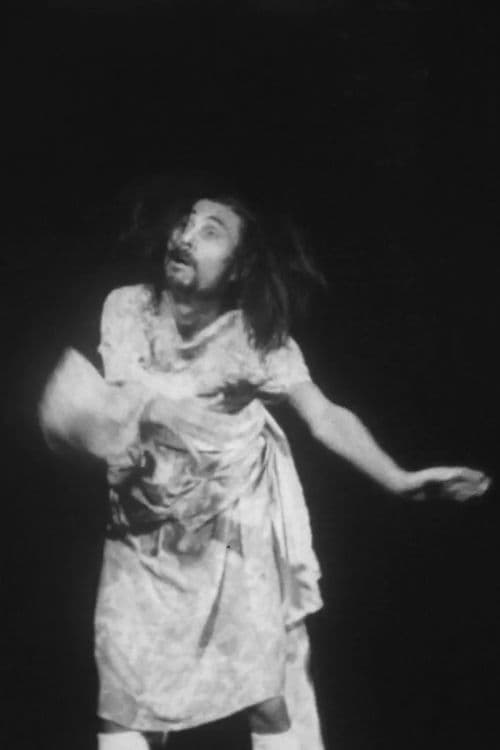
Tatsumi Hijikata

Overview: "A work documenting Ankoku Butoh dancer Tatsuji Hijikata’s Revolt of the Flesh (Nikutai no hanran). The work established the relation between Revolt of the Flesh with uprising through the unique methods of photography and editing that is found in Jonouchi’s Gewaltopia series (1968) which represented the student protest movement." - Collaborative Cataloging Japan
Genres: No genres available
Original Language: xx
Release Date: 1968-01-01
Popularity:
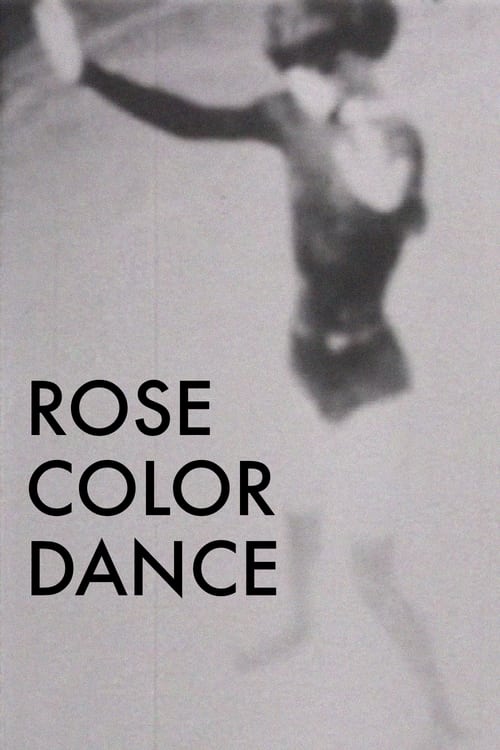
Rose Color Dance

Overview: A document of Tatsumi Hijikata's Butoh dance with Kazuo Ohno as the guest dancer shot in Hijikata's early period when he was emerging as the originator of Butoh. All of the male dancers are dressed up with evening suits and move gracefully, yet an intruder breaks up the whole scene abruptly. The film is worth seeing, even if just to see a memorable gay duet of Hijikata and Ohno. Overexposed, washed out images are sandwiched among normal ones.
Genres: Documentary
Original Language: ja
Release Date: 1965-03-01
Popularity:

A Summer Storm: Butoh of Dark Spirit School
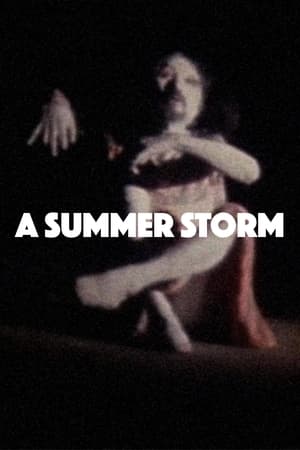
Overview: Ankoku Butoh is a style of avant-garde dance that established itself in the counter culture experimental arts scene of post WWII Japan. The dance form is thought to have been founded by Tatsumi Hijikata, who both created and performed in butoh pieces from the late 1950’s - through the early 1970’s. In butoh, the style of movement is extremely stylized and deliberate, vacillating between slow and sharp, expressing feelings of dread, sexualization, violence, calmness, birth and “creatureness” among other things. This performance of Summer Storm was originally recorded in 1973 at Westside Auditorium, Kyoto University, Japan, and was Hijikata’s last public performance before his death in 1986 with Butoh of Dark Spirit School. Video version produced in 2003.
Genres: Documentary
Original Language: ja
Release Date: 2003-01-01
Popularity:
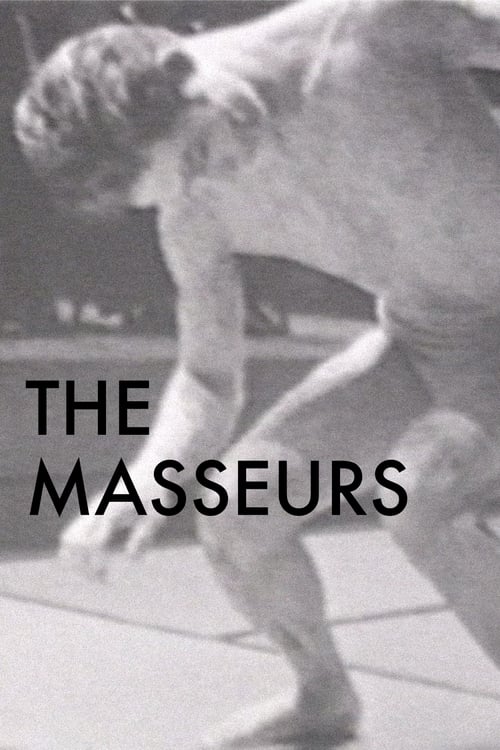
The Masseurs

Overview: Anma (The Masseurs) is a representative and historical work by the creator of Butoh dance, Tatsumi Hijikata in his early period in the 1960s. The film is realized not only as a dance document but also as a Cine-Dance, a term made by Iimura, that is meant to be a choreography of film. The filmmaker "performed" with a camera on the stage in front of the audience. With the main performers: Tatsumi Hijikata and Kazuo Ohno, the film has the highlights such as Butohs of a soldier by Hijikata & a mad woman by Ohno. There is a story of the mad woman, first outcast and ignored, at the end joins to the community through her dance. Inserted descriptions of Anma (The Masseurs) are made for the film by the filmmaker, but were not in the original Butoh. The film, the only document taken of the performance, must be seen for the understanding of Hijikata Butoh and the foundation of Butoh.
Genres: Documentary
Original Language: ja
Release Date: 1963-12-31
Popularity:

Orgies of Edo
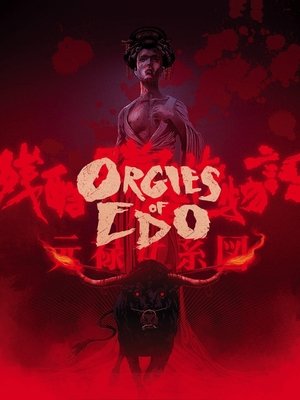
Overview: Three stories of moral sickness set during Japan’s prosperous Genroku era are told in this bloody follow-up to the sexploitation classic Shogun’s Joy of Torture, the politically incorrect moral lessons paint a trio of tales of tragic heroines caught up in violence, sadomasochism, incest and torture.
Genres: Drama Thriller Horror
Original Language: ja
Release Date: 1969-01-09
Popularity:
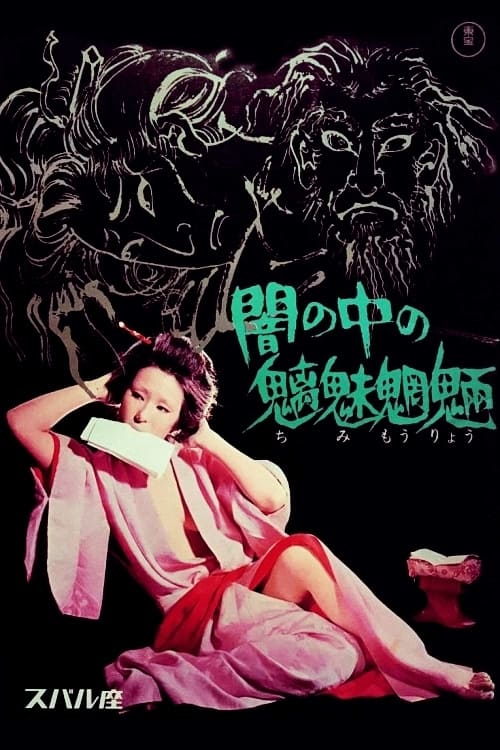
Evil Spirits in the Darkness

Overview: The film depicts the youth of Kinzo, a heretic painter who worked in Tosa during the late Edo period, and the hurricane-like inner side of his life.
Genres: No genres available
Original Language: ja
Release Date: 1971-06-07
Popularity:
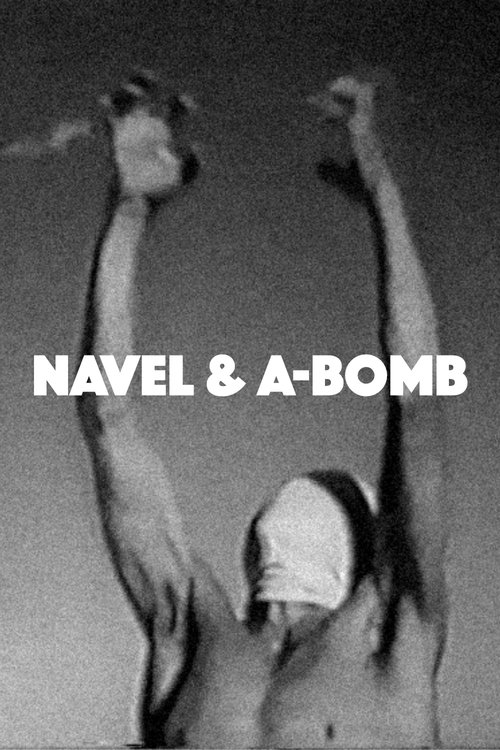
Navel and A-Bomb

Overview: Short film in which butoh dancing is used to reflect on the nuclear bombings of Hiroshima and Nagasaki.
Genres: No genres available
Original Language: ja
Release Date: 1960-10-21
Popularity:
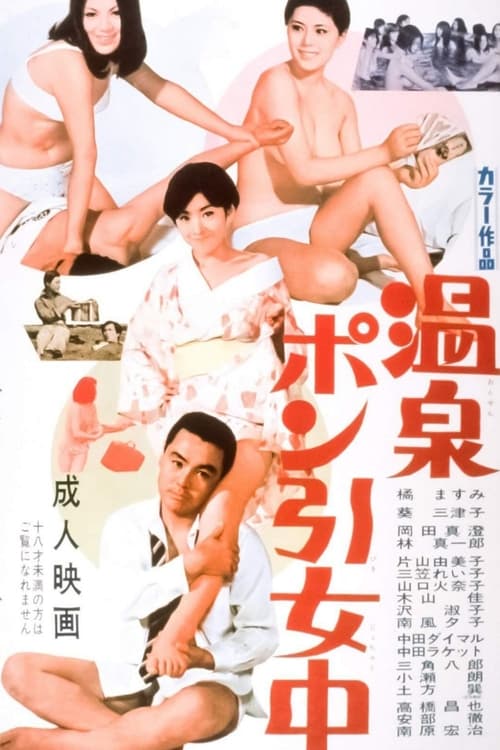
Daring Girls

Overview: Comedy about sexy chambermaids at a hot spring resort.
Genres: Comedy
Original Language: ja
Release Date: 1969-06-27
Popularity:
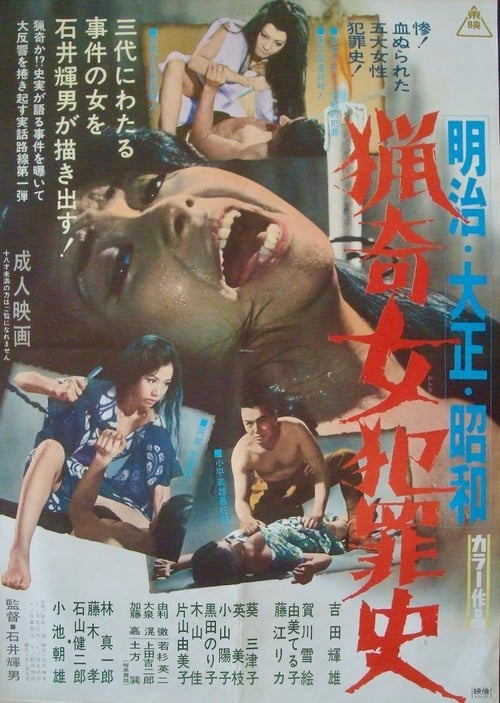
Love and Crime

Overview: A series of short stories about bizarre crimes committed by females in the Meiji, Taisho, and Showa Eras. Discover 4 famous Japanese murderers: Takahashi Oden, the last woman beheaded in Japan, Sada Abe, a crazy lover, Kunihiko Kodaira, a rapist-killer and finally, the Toyokaku case, a woman who did everything to own a hotel.
Genres: Crime Drama Horror Thriller
Original Language: ja
Release Date: 1969-08-27
Popularity:
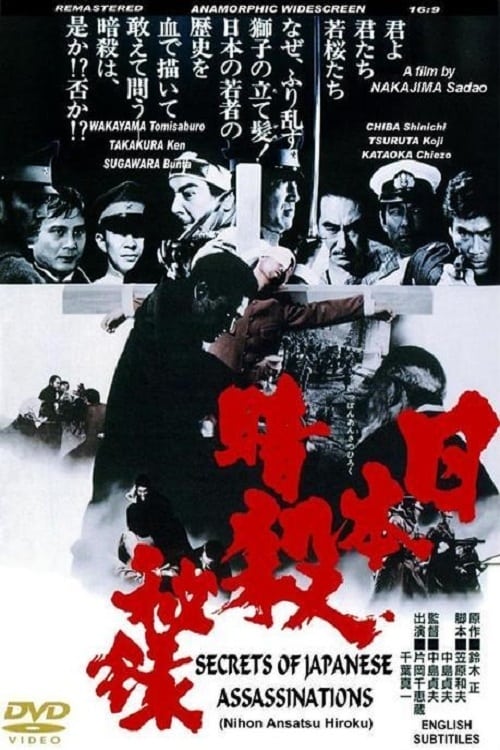
Memoir of Japanese Assassinations

Overview: This anthology film consists of nine incidents in the late 19th and early 20th centuries when assassins changed the course of Japanese history.
Genres: Drama History
Original Language: ja
Release Date: 1969-10-16
Popularity:
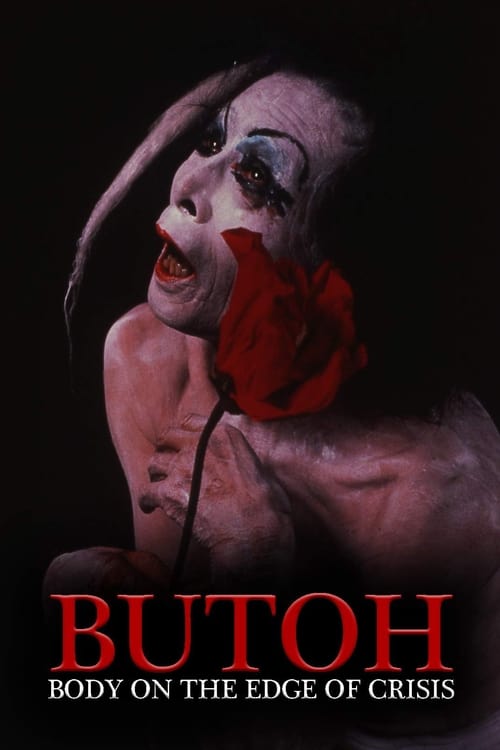
Butoh: Body on the Edge of Crisis

Overview: "Butoh: Body on the Edge of Crisis" is a visually striking film portrait shot on location in Japan with the participation of the major Butoh choreographers and their companies. Although Butoh is often viewed as Japan's equivalent of modern dance, in actuality it has little to do with the rational principles of modernism. Butoh is a theater of improvisation which places the personal experiences of the dancer on center-stage. By reestablishing the ancient Japanese connection of dance, music, and masks, and by recalling the Buddhist death dances of rural Japan, Butoh incorporates much traditional theater. At the same time, it is a movement of resistance against the abandonment of traditional culture to a highly organized consumer-oriented society.
Genres: No genres available
Original Language: en
Release Date: 1990-01-01
Popularity:
